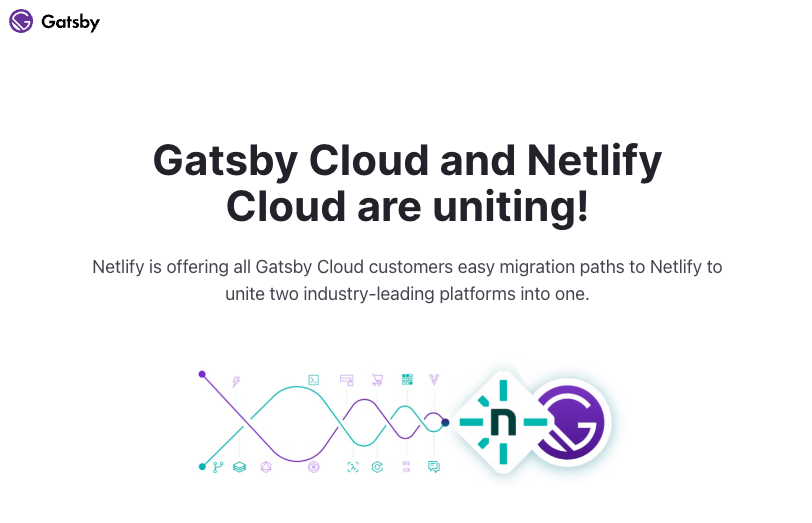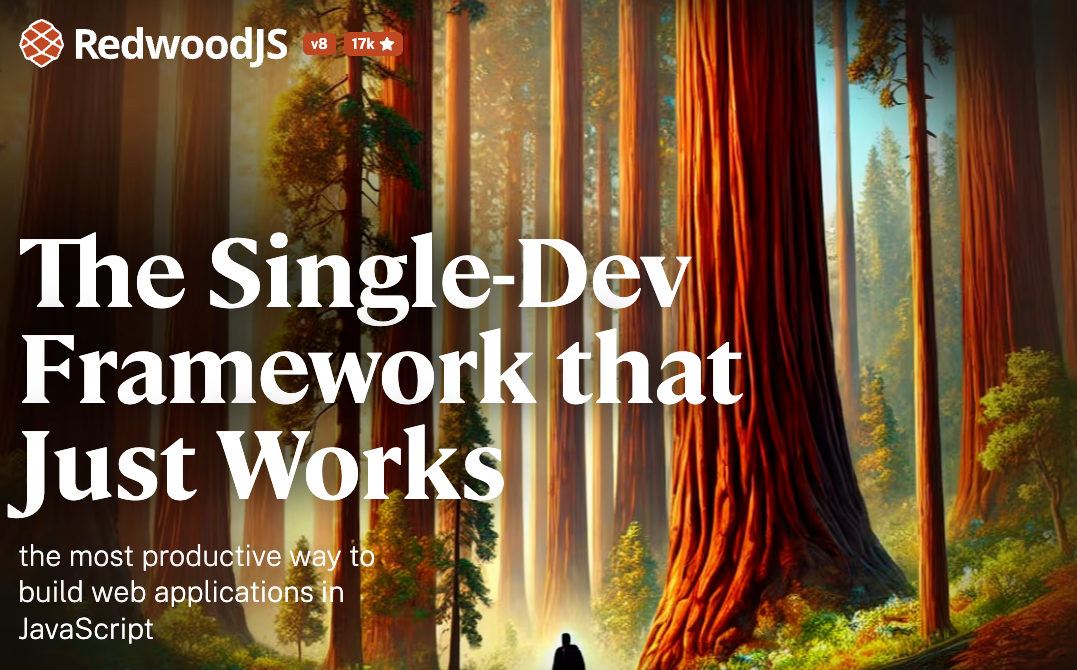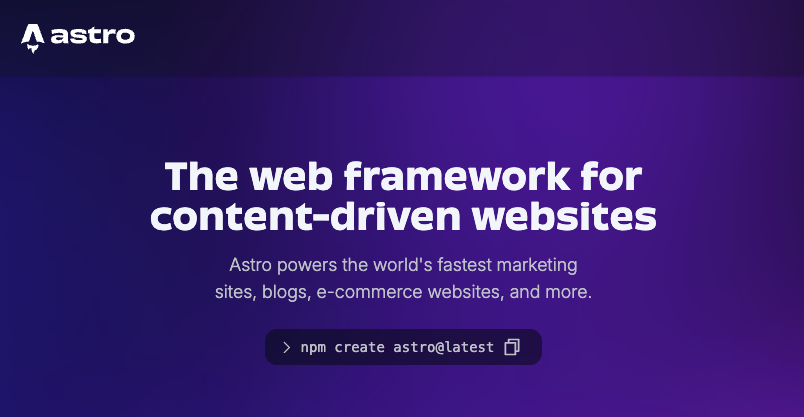Next.js has been a game-changer for modern web development, offering server-side rendering (SSR), static site generation (SSG), and more. Yet, as developers aim for greater customization, performance, and modularity, alternatives to Next.js have grown in prominence.
Below, we explore seven leading frameworks, detailing their unique strengths and fit for various use cases.
1. Remix
 Remix Official Page
Remix Official Page
Remix is a modern framework designed to optimize user experiences by delivering fast and dynamic web applications. Built on React Router, it enables efficient data fetching and seamless server-side rendering, making it ideal for highly interactive apps. Remix prioritizes progressive enhancement, ensuring functionality even under less-than-ideal conditions.
Key Features
- Nested Routing: Organize applications with modular layouts and nested views.
- Built-in Caching: Enhance performance with optimized data management.
- Progressive Enhancement: Guarantees robust support across devices and browsers.
Remix’s modular architecture simplifies complex app development while delivering performance at scale.
Why Choose Remix?
Remix stands out for its ability to manage dynamic content efficiently, making it a top choice for SaaS platforms, dashboards, and other real-time applications. However, its limited focus on static site generation may deter teams primarily working on static or hybrid projects.
GitHub Stats & Community
- GitHub Stars: 30k+
- Contributors: 725+
- Forks: 2.6k+
- Discussions: Active and growing community on GitHub.
- NPM Weekly Downloads: 700k+
2. Bit Harmony
Official Documentation | Bit Scope


Bit Harmony is a minimalistic framework designed to stitch composable architectures into unified, pluggable platforms. It enables developers to compose full-stack architectures into business features, known as Aspects, which can be integrated seamlessly into existing systems.
Key Features:
- Composable Architectures: Facilitates the integration of various services and components into cohesive platforms.
- Aspects: Allows the creation of pluggable business features that encapsulate both frontend and backend functionalities.
- Official Runtimes: Supports Node.js and browser environments, with the flexibility to extend to additional runtimes.
- Incremental Adoption: Designed for gradual integration, enabling teams to enhance existing architectures without overhauling their systems.
Bit Harmony empowers developers to independently compose and test features within a platform’s context, improving performance and developer experience.
Why Choose Bit Harmony?
Bit Harmony is a standout solution for enterprises seeking modular, scalable architectures. Its component-driven approach allows teams to build and integrate business-critical features like SaaS platforms or multi-tenant applications with ease.
The flexibility to adopt Harmony incrementally makes it ideal for teams looking to enhance existing architectures without disrupting workflows.
Bit Platform Stats & Community
- Available Components: 19
- Impact: Used in 239 projects on the Bit Platform.
- Contributors: Active collaboration from Bit Team and community developers.
- Discussions: Active discussions on Bit’s community Slack channel.
3. Gatsby
Gatsby Official Page | GitHub Repository

Gatsby specializes in building high-performance static sites. With its extensive plugin ecosystem and robust CMS integrations, Gatsby is an excellent choice for creating SEO-optimized, content-rich websites.
Key Features
- Incremental Builds: Faster deployments with partial rebuilds.
- Plugin Ecosystem: Simplifies feature extensions and integrations.
- SEO Optimization: Built-in support for metadata and rich previews.
Gatsby combines high performance with a flexible plugin system to create feature-rich static sites.
Why Choose Gatsby?
Gatsby is ideal for portfolios, blogs, and documentation-heavy projects. While it’s less suited for highly dynamic applications, its strong focus on static site generation and SEO makes it a reliable option for content-driven sites.
GitHub Stats & Community
- GitHub Stars: 53k+
- Contributors: 800+
- Forks: 10.2k+
- Discussions: Thriving community across GitHub and dedicated forums.
- NPM Weekly Downloads: 200k+
4. Razzle

Razzle simplifies server-side rendering (SSR) for universal applications by abstracting Webpack configurations. Its flexibility and minimal setup requirements make it a versatile tool for building SSR-based projects.
Key Features
- No Configuration Setup: Focus on development without worrying about Webpack.
- SSR Support: Easily create universal applications.
- Customizability: Full control for advanced use cases.
Razzle provides the perfect balance of simplicity and flexibility for SSR projects.
Why Choose Razzle?
Razzle is a great choice for developers seeking an SSR solution without complex configurations. While it lacks the built-in features of more opinionated frameworks, its customizability makes it suitable for a range of projects.
GitHub Stats & Community
- GitHub Stars: 11k+
- Contributors: 150+
- Forks: 800+
- Discussions: Moderate GitHub activity for community support.
- NPM Weekly Downloads: 7k+
5. RedwoodJS
RedwoodJS Official Page | GitHub Repository

RedwoodJS is a full-stack framework that integrates front-end and back-end development into a single cohesive ecosystem. With built-in tools for GraphQL and Prisma, it’s designed to streamline app development for startups and small teams.
Key Features
- GraphQL API Integration: Simplifies data fetching and communication.
- Prisma ORM: Manages database interactions with ease.
- Rapid Prototyping: Opinionated architecture reduces setup time.
RedwoodJS empowers small teams to create full-stack applications quickly and efficiently.
Why Choose RedwoodJS?
RedwoodJS is perfect for small to medium-sized applications where rapid development and deployment are key. While its opinionated nature may limit flexibility, it’s an excellent choice for teams seeking a straightforward full-stack solution.
GitHub Stats & Community
- GitHub Stars: 15k+
- Contributors: 400+
- Forks: 1.3k+
- Discussions: Vibrant community with regular GitHub discussions and Slack channels.
- NPM Weekly Downloads: 9k+
6. Astro

Astro is a modern web framework optimized for building fast, content-driven websites. It emphasizes performance by delivering minimal JavaScript to the browser and supports multiple UI frameworks, allowing developers to create interactive components within static content.
Key Features
- Zero-JS Frontend: Ships with zero client-side JavaScript by default, reducing data sent to the client and improving load times.
- Supports Multiple UI Frameworks: Compatible with various frontend frameworks, including React, Vue, Svelte, and Preact, enabling developers to use their preferred tools.
- Static Site Generation (SSG) with SSR: Combines static site generation and server-side rendering to deliver fast websites by pre-rendering pages and serving them from a CDN.
- Island Architecture: Utilizes an ‘Islands Architecture,’ where static components are hydrated to become interactive, ensuring faster loading and optimized interactivity.
- Comprehensive Integration Capabilities: Offers numerous integration capabilities, allowing developers to pull content from various sources and deploy with ease.
Astro empowers developers to build high-performance, content-focused websites efficiently.
Why Choose Astro?
Astro is ideal for content-rich websites such as blogs, marketing sites, and e-commerce platforms where performance and speed are crucial. Its flexibility in supporting multiple UI frameworks and its focus on delivering minimal JavaScript make it a compelling choice for developers seeking to create fast, SEO-friendly websites.
GitHub Stats & Community
- GitHub Stars: 47.8k+
- Contributors: 842+
- Forks: 2.5k+
- Discussions: Vibrant community with regular GitHub discussions and an active Discord channel.
- NPM Weekly Downloads: 250k+
7. Blitz.js
Blitz.js Official Page | GitHub Repository

Blitz.js is a full-stack React framework that extends Next.js, providing developers with tools and conventions to build scalable applications quickly. Its standout feature, the Zero-API Data Layer, simplifies data fetching by allowing direct server function imports into React components, eliminating the need for manual API endpoints.
Key Features
- Zero-API Data Layer: Fetch server-side data without manually creating API endpoints.
- Built-in Authentication: Streamlined session management with support for custom email/password systems and third-party providers like Google and Auth0.
- Code Generation: Accelerate development with scaffolding commands and library integration recipes.
- Customizable: Offers a structured out-of-the-box experience with the flexibility to integrate preferred tools and libraries.
Blitz.js bridges the gap between frontend and backend, allowing developers to build full-stack applications with minimal setup.
Why Choose Blitz.js?
Blitz.js is perfect for small to medium-sized teams looking to develop CRUD-heavy or full-stack applications. Its Zero-API abstraction makes it particularly suitable for rapid development and simplified data management. While its tightly coupled frontend and backend may not suit highly decoupled architectures, its robust tooling and conventions provide a significant productivity boost.
GitHub Stats & Community
- GitHub Stars: 13k+
- Contributors: 260+
- Forks: 600+
- Discussions: Active community on GitHub and forums.
- NPM Weekly Downloads: ~5k
Conclusion
As web development continues to evolve, developers and businesses have a wealth of frameworks to choose from, each catering to specific needs and priorities. Whether you’re building a dynamic, real-time application or a high-performance static site, these seven Next.js alternatives provide a range of capabilities to meet modern development challenges.
- Remix and Blitz.js offer innovative solutions for dynamic, data-driven applications and full-stack development.
- Bit Harmony empowers enterprises with composable architectures and scalable modularity, making it ideal for large-scale projects.
- Gatsby and Astro dominate the static site generation landscape, focusing on performance and SEO for content-rich websites.
- RedwoodJS simplifies full-stack development for startups and small teams, while Razzle provides a customizable option for server-side rendering.
Choosing the right framework depends on your project’s goals, technical requirements, and team expertise.
(Author: Mike Chen)